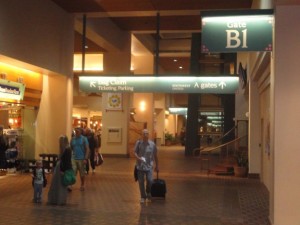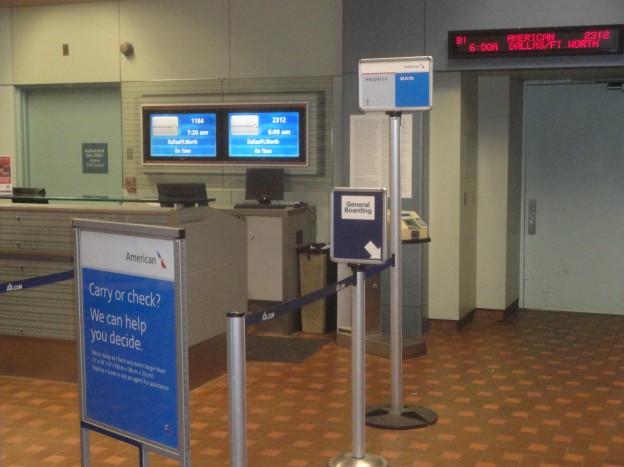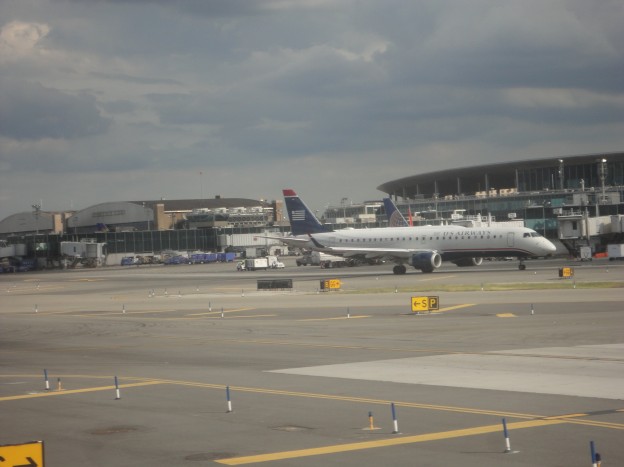Airline Staff Community Engagement
Drives Successful Community Flights
Airline staff community engagement – every community looking to develop their air service should focus on this. This won’t get you NEW air service but it can get the airlines more active engagement in your current air service which can lead to successful air service. This success, in turn, can help you attract new flights in the future.
When airline staff community engagement is active they know more about the flying guests and the support mechanisms available to help support their flights. This helps build more confidence in the community and comfort in their support of your flights. To engage airline staff most effectively we recommend you get your local tourism partners to host key airline staff and offer “Deals” for less critical staff so that they can visit and familiarize themselves with your community.
Often, multiple invitations are necessary to get airline staff community engagement through familiarization visits to your community. I’ve found tailoring an itinerary to the specific airline staff works best.
Community Flights has developed over 35 best practices and guiding principles for communities looking to improve their air service. The above is just a small sample of a complete guidebook of best practice.
If you’d like to receive the complete guidebook for FREE: Community Flights Air Service Development Best Practices and Guiding Principles, email: scott@communityflights.com and ask that we send the full guide.
Scott Stewart is the principle of Community Flights; an air service support, development and management company. Community Flights works with communities, organizations or businesses on leveraging the great economic asset that air service is for economic gain. Scott formed Community Flights in January 2013 to help mobilize community support efforts and guide clients in bridging the “air service understanding gap” with the airlines to create an airline and community win-win air service support and performance environment. You can find more info about Community Flights at www.communityflights.com. Contact Scott Stewart directly at scott@communityflights.com .












